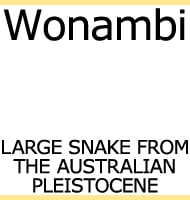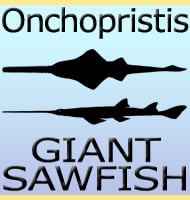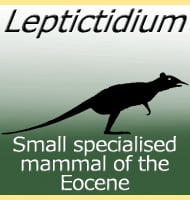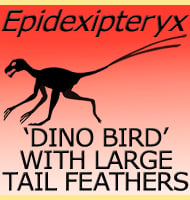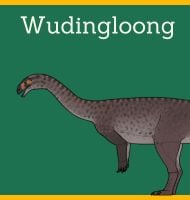In Depth
Described from very partial remains, Vitakridrinda is a difficult dinosaur to talk about other than it seems to have been an abelisaurid. Abelisaurs were the dominant type of theropods in the southern continents during the late Cretaceous while the tyrannosaurs dominated the North. Because of the abundance of late Cretaceous rocks in Asia, abelisaurids are becoming increasingly common, with several genera such as Rajasaurus, Indosuchus and Rahiolisaurus to name but three coming from the Lameta Formation of nearby India. The late Cretaceous deposits of Pakistan may one day yield an equally impressive collection of abelisaurid genera.
In 2006 M. S. Malkani also named five new genera of titanosaur from the Pab Formation, Marisaurus, Balochisaurus, Sulaimanisaurus, Khetranisaurus and Pakisaurus, all described only from caudal vertebrae, though at least two have had additional fossils from other areas of the body attributed to them. As a predator, it is not inconceivable that Vitakridrinda may have attacked titanosaurs, particularly juveniles that were not fully grown.
Further Reading
- Biodiversity of saurischian dinosaurs from the latest Cretaceous Park of Pakistan, M. Sadiq Malkani - 2006. - First rostrum of carnivorous Vitakridrinda (Abelisaurid theropod dinosaur) found from the Latest Cretaceous dinosaur beds (Vitakri) Member of Pab Formation, Alam Kali Kakor Locality of Viakri area, Darkham District, Balochistan, Pakistan, M. Sadiq Malkani - 2006.


